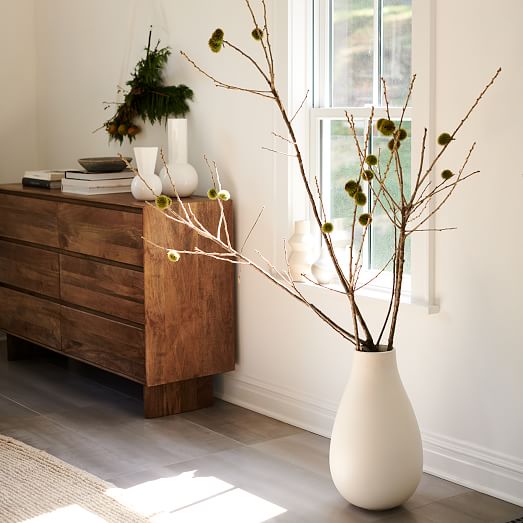Exproperti.com – Creating your own ceramic decorations is a great way to give your home a unique look. You can choose from a wide selection of patterns, colors, and styles. You can find a variety of materials to use, including porcelain, glass, clay, and metal. You can also create unique designs with patterned glazes, textured finishes, and underglaze transfers.
Various Design Elements for Ceramic Decoration
Choosing the right brushes for ceramic decorations is a critical decision. There are many different styles and types, which can allow for a range of design elements on your wares. The choice of brush is also based on personal preference. Paintbrushes are ideal for applying color to large areas. They are usually made with a long stem and are thick enough to hold large amounts of color. Using a paintbrush can be a great way to create a decorative pattern on a ceramic piece.
The brush has a feather-shaped tip which makes it perfect for painting thick parts without leaking. It can also be used to draw lines and decorate with engobes and colored oxides. There are several different types of hair used to make brushes. Brushes with squirrel hair are great for decorating ceramics because of their soft, smooth bristles.

Using underglaze transfers is an exciting way to get creative on textured surfaces. These decals are easy to make and require less effort than painting a pattern on your pottery. They are usually applied to bisque ware and greenware. The technique involves screenprinting an image or drawing on a sheet of rice paper, then transferring it to the surface. The design is then fired to a higher temperature than overglaze decals. The results are often spectacular.
Fun Combining Ceramic Skills and Drawing Skills
Aside from being fun, these transfers allow you to combine your ceramic skills with your drawing skills. Typically, the transfer is best on smooth surfaces, but they can be transferred to rougher ones. Underglaze transfers are made of lead-free underglaze, which gives them food-safe qualities. They can be fired to any temperature, from cones 3 to 10. They are also easy to make.

Generally speaking, a slip is a paste that is used for protecting pottery and other objects. Slip is made from clay particles that are mixed with water. It is also used to seal and decorate ware. It is typically heavy cream in consistency. It can also be mixed with metal oxides for colors. Slips are often used in combination with plaster molds for casting. This allows for multiple copies of the same item. The end result is a ceramic replica of the original.
Selection of Fake Plants for the Best Decoration
For decorative purposes, slip is used to cover up imperfections or obscure an undesired color. This allows for designs that wouldn’t work with glazes. It’s important to understand how to apply slip. When using a slip for color, it’s important to choose a slip that will not flake off during the drying process. The final density of the slip will be equal to the number of layers applied.

Keeping in mind that West Elm isn’t a cheapskate, they carry a fair bit of decor to boot. One of their best kept secrets is their selection of faux plants and succulents. Most of the plant varieties in their collection are not too common in most parts of the country. A handful of well chosen specimens can turn a boring yard into a beautiful outdoor oasis. As a bonus, you’ll have a nice spot for an impromptu picnic as well. If you’re in the market for a new home or apartment, West Elm is well worth a look. Whether you’re decorating a condo, an apartment or a single-family home, they have something for everyone. This includes ceramic decorations that don’t cost a small fortune.









